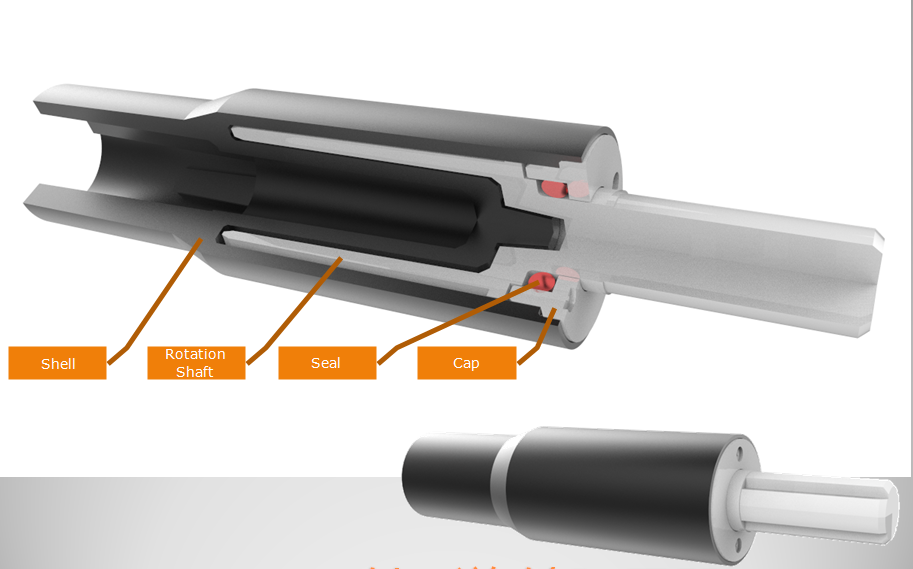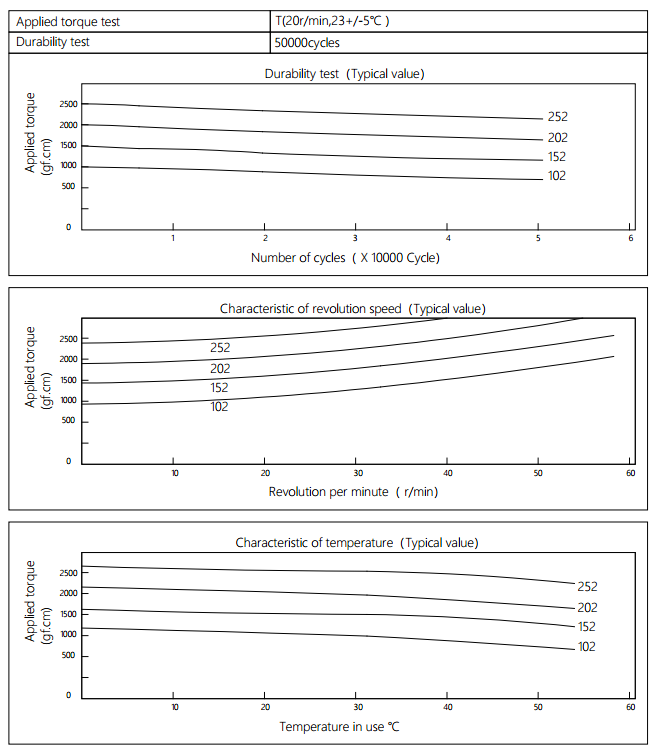Vitality refers to the potential of seed germination or the vitality of embryos, which is generally considered to be the germination rate of seeds. However, for dormant seeds, viability refers to the ability to store seeds to maintain life activities. It refers to the existence of life, that is, the degree of survival. It is obviously different from the germination rate of seeds. When we were engaged in research on the germplasm resources of Leymus chinensis, we noticed that the low germination rate of some seeds was due to the low viability and could not be simply attributed to dormancy. In the actual production, the seed viability is one of the important characteristics of the seed. The identification of seed viability is directly related to the seed quality and the user's economic benefits. Therefore, the production and trade of Leymus chinensis seeds urgently requires a practical technique for accurately and rapidly determining the seed vigor of Leymus chinensis. The commonly used method is to identify the viability of seeds by dyes entering the cells so that the cells can be colored. For the seeds of dormant herbs, trityl tetrazolium chloride (TTC) staining is an effective measurement technique. . For the determination of seed vigor, the wind cleanness tester must be used to cleanse the seeds.
Taking into account the accuracy and efficiency of seed viability testing, using ryegrass as a control, it is believed that the following specific procedures can be used to test the viability of Leymus chinensis seeds: 1) Remove impurities from Leymus chinensis seed samples and remove seeds Internal and external hemorrhoids; 2) Put 100 seeds into a 5 mL thin-wall centrifuge tube, add 3 mL of 0.5% TTC solution; 3) Maintain the reaction at 35 °C under constant temperature for 2-3 h; 4) Remove the seed and observe. Embryos stained with red color are seeds that have viability, and conversely inactivated seeds. To use this method to obtain satisfactory test results, care should be taken not to damage the embryo when removing the inner and outer clam shells of the seeds. In addition, the treatment time with the TTC solution should not be too long, otherwise it is not easy to discriminate the life or death of the seeds when over-colored.
After the wind purity indicator has certain assurance on the clarity of the seed of Leymus chinensis, the viability should be taken as an important indicator in the trade of Leymus chinensis seeds. The lower viability of Leymus chinensis seed may be related to the soil or climate in the area of ​​production, but how the origin factor has a profound effect on the development of the seed requires further study. There may be genetic differences in sexual reproduction traits (such as floret number, seed number, seed setting rate) of different genotypes, and the seed viability might be affected by genetic factors.
Slim Rotary Damper mainly used for small diameter, long height space. Shaft Damper is used to dampen drives, control speed, and many other applications. Shaft damper are widely used in invisible screens. Shaft damper can make the movement of structures soft, quiet and safe to mitigate the impact, avoid the damage, increase the mechanical life, reduce noise, and improve product quality.

NOTE:
1. Please contact the corresponding product engineer for specific torque products
2. Max. rotation speed: 50r/min
3. Max. circle rate: 5 cycle/min(Clockwise180 °, 180 ° anti-clockwise for 1 cycle)
4. Operating temperature: -10~50℃
5. Storage temperature:-30~80℃

Applied torque: (T)
Test Temperature: 23+/-5℃
Rotating speed:20r/min
Durability test Method:Clockwise 180 °, 180 ° anti-clockwise
Rotating speed: 20r/min
Test Frequency: 1cycle/min
Test Temperature: 23±5℃
Durability test cycle: 50000cycle
Test result criteria: Store in the room temperature for 24 hours or more after the test, recording to the torque T=T±30%T.
Shaft Damper
Shaft Damper,Drive Shaft Damper,Crankshaft Damper,Flexible Shaft Coupling
Shenzhen ABD Equipment Co., Ltd. , http://www.abddamper.com